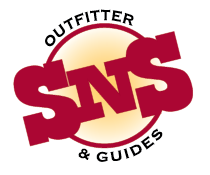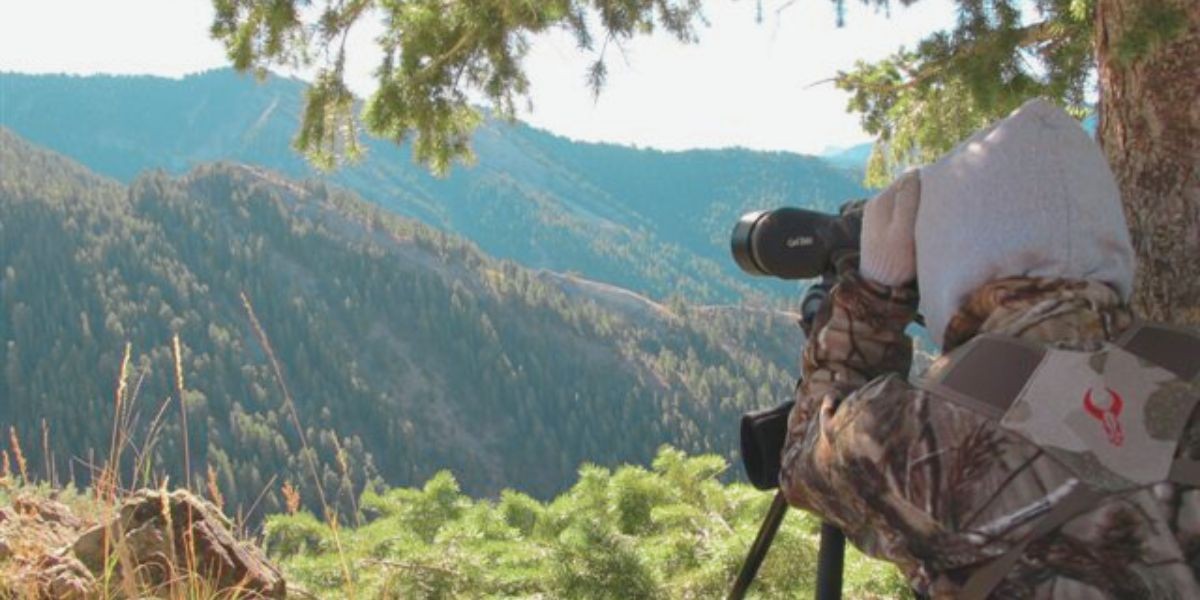There’s no doubt that interest in western mule deer hunting has grown steadily over the past decade. From the high plains to alpine basins above timberline, mule deer continue to capture the imagination of big game hunters across North America.
At SNS Outfitter & Guides, we’ve seen this trend firsthand. With Wyoming offering some of the best and most accessible mule deer hunting in the West—from the rugged peaks of the Greys River to the open prairies—we’ve guided hunters through nearly every terrain mule deer call home.
3607 Hits

